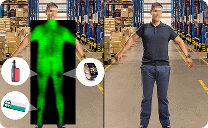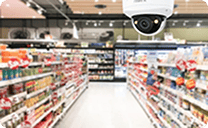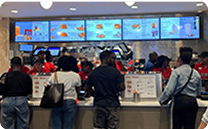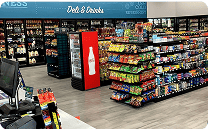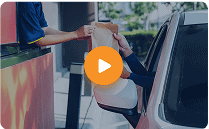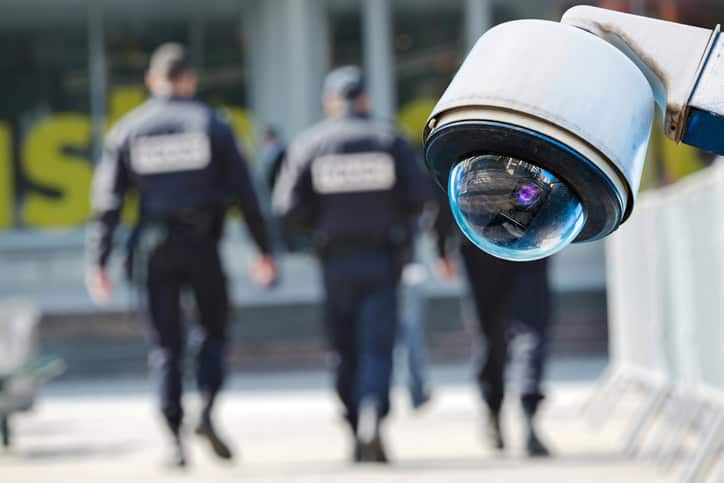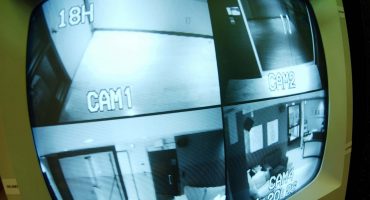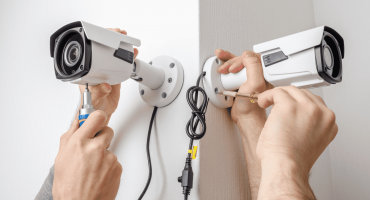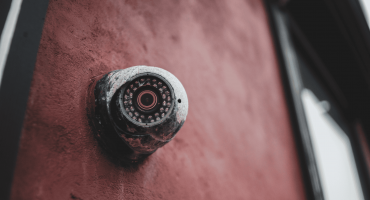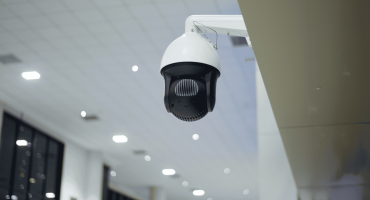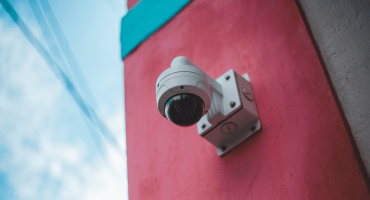In This article
Restaurant Industry Use of Technology
Current Industry Statistics Show That Violent Crime Rates Have Dropped Since The Volatile 90’s.
One need not go far to pick up an industry publication addressing restaurant use of technology to protect against crime and costly incidents.
- Current industry statistics show that violent crime rates have dropped since the volatile 90’s.
- The number of employee deaths from assaults and violent acts in restaurants has declined over the past few years.
- Violent crime rates have dropped over 15 percent in the United States over the past decade.
Though noteworthy, there remain armed robberies, assaults, and homicides which continue to threaten the restaurant industry. In these days of lagging economic times, the security industry has prepared itself for potential spikes in violent crime. What is extremely interesting is that many in the security industry have yet to witness crime increases. Various studies have indicated that these falling rates of crime may be attributed to an increase in sophisticated technology that protects company assets, which includes people, property, and brand image. On the flip side, there have been numerous complaints to the FBI from various stores about an increase in White Collar Crime. These crime types encompass computer crimes, fraud (credit card, overpayment, miscellaneous), and spam.
The begginings of video surveillance
Looking at the first uses of video surveillance, we discover that it really became useful in a business regimen in the 1960’s. Its primary uses were for internal investigations and anti-shoplifting practices. The objective of such systems was to reduce the amount of privacy complaints in retail locations and to imply that the customer base was being monitored to reduce any criminal activity. System costs were extremely high. In most cases there were very few cameras present at locations. It evolved through the 1970’s with the use of a hardwired environment of analog security cameras to an image multiplexer. The imaging was black and white, and recording capabilities were to a VHS tape. It would usually take hours to synchronize activity to sales data. The video surveillance system continued to evolve and saw the creation of the digital video recorder which provided a network interface that allowed continuous recording, viewing and monitoring of events. Today we see color cameras, multiple camera possibilities, cameras that operate in low light with high resolution color, monitoring with recording capabilities over 30 days, and cameras that include audio surveillance.
Video surveillance and the restaurant industry
The QSR, Fast Casual, and Casual dining segments have remained vigilant in their security practices. Since the 1990’s they have implemented various physical security measures and practices. Let’s take note of some of these, including high-tech electronic safes with time delays and auditing procedures, positioned under the front counters for higher visibility in the event of a robbery/burglary, or smart safes that allow direct input of cash into the unit, and only the armored car company has access to the deposited cash. There are alarm monitoring systems to secure both the perimeter location and the individuals inside the location. There is the installation of electronic locking devices that aid in securing all doors, windows and roof hatches. These systems aid in the protection of the said brand, and at a financial cost. They are based solely on safety of the customer and guest. Video surveillance, on the other hand, not only provides a loss prevention and security element in these locations but other relevant opportunities as well. The surveillance measure requires an initial investment from the owner that will provide a positive return on investment. With that in mind, it not only proves to be an effective loss prevention tool, but also offers other cost benefits. We see that it provides recording and monitoring of criminal acts, fraudulent claim activity such as slip-and-falls, and observed violent behavior. It also saves one time and money. There may be no need to maintain a large loss prevention staff if the location is being monitored 24/7 and also audited. The system can provide a marketing solution, allowing the operator to study item sales trends via the video surveillance system. Demographics studies can be observed by customer presence and activity. Brand training can be enhanced by observing employee activity, including audio activity throughout the sale process. The use of video surveillance systems allows the sharing of information amongst different departments within the organization, and all partake in the value generated by such activity. In conclusion, now is not the time to be complacent. Whether or not violent crime begins to rise again, there will still be robberies, burglaries, assaults, carjacking, etc. that occur on a daily basis. Businesses need to be well prepared for such activities. Furthermore, operational uses of video surveillance are apparent and can significantly benefit the business. Marketing and training are always vital programs within any corporate structure. The continued focus on business efforts promoted by one’s brand only enhances its comprehensive security plan. Crime may not pay, but surveillance technology sure does!
